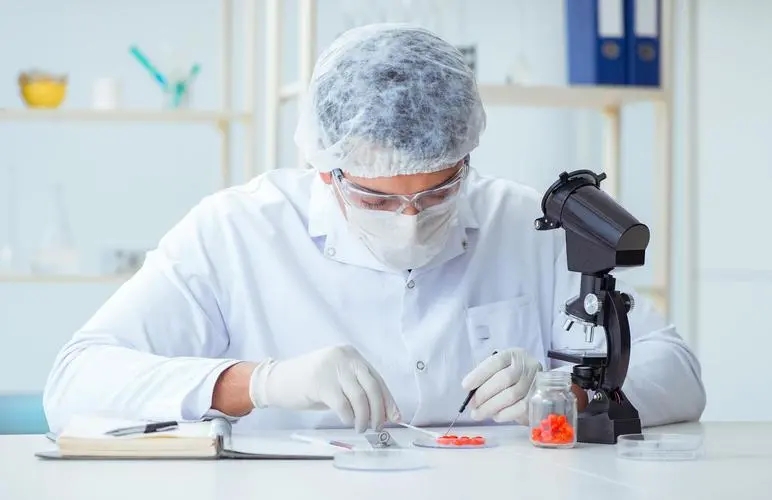The research and development and production of pharmaceutical intermediates is an industry with many barriers and is by no means a “processing plant without technical content”. R&d and production enterprises need to provide the following technologies:
Directional nitrification technology;
The proportion of the isomers of benzene ring and aromatic thick ring can be changed greatly or adjustable by the regionally selective nitration of carrier or non-carrier. Neutral acid nitrification (clean nitrification) is used to reduce costs, eliminate pollution, and achieve the level of green nitrification.
| high temperature and high pressure reaction technology;
Reduce the reaction volume, reduce the cost of reagents and reduce the output of drug waste, often used in industrial chemical reaction equipment under high temperature and pressure environment, the equipment can be used to complete condensation, polymerization, alkylation, vulcanization, hydrogenation and other chemical processes.
Condensation technology;
Macromolecules are obtained by mannich condensation, Aldol aldehyde-ketone condensation, and the choice of catalyst is a key technology.
Controlled oxidation technology;
The oxidation of lipid aromatic groups to acids is relatively easy, and its intermediate aromatic aldehydes are important intermediates in medicine and pesticides. How to control the oxidation, let it stay in the aromatic aldehyde, without being deeply oxidized, and the determination of the oxidizer is also a considerable technical difficulty.
| fluorination technology;
The introduction of fluoride into organic intermediates, synthesis of fluoride is an important pharmaceutical intermediates, how to introduce fluorine into the mother is the object of concern.
Hydrogenation reduction technology;
Reduction techniques such as iron powder reduction and sodium sulfur reduction are seriously polluted. Hydrogenation reduction has high yield, low cost and no pollution. The selection and application of catalyst is the key to the success of hydrogenation reduction.
Asymmetric synthesis, etc.
Asymmetric synthesis of chiral drugs or intermediates by using efficient catalysts has become a hot topic in organic synthesis. Patents relating to asymmetric reactions for the preparation of chiral drugs and chiral intermediates have covered asymmetric reduction reactions, asymmetric condensation reactions, asymmetric alkylation reactions, asymmetric oxidation reactions, and asymmetric hydroxyanation reactions.
The best asymmetric catalytic reaction is biocatalysis. Enzymes (and enzyme systems) in living organisms are recognized as the best chiral catalysts. At present, the most studied and developed in the world are mainly focused on reduction reaction, oxidation reaction, hydrolysis and esterification reaction, and the enzymes involved are mainly concentrated in two categories: REDOX enzyme and hydrolase.
Moreover, it is necessary to provide customized services for GMP intermediates for internationally renowned pharmaceutical giants, and its production system needs to undergo strict government review, and the enterprise’s project management, production, process optimization, safety and environmental protection (EHS) and information security capabilities also need to be audited by various customers.
About Wisdom Drugs
Wisdom Drugs Co .,Ltd was founded in Sep. 2011 whose headquarter located in Changzhou Creative Industry Park, having a branch in India. The company’s R&D center is engaged in not only the process development of APIs, intermediates, poly-peptide compounds and heterocyclic compounds,but also the optimization and production. We are devoted to the synthesis customization and the technology transfer, enabling compounds to be scaled from laboratory to commercial to meet the requirements of different customers.

